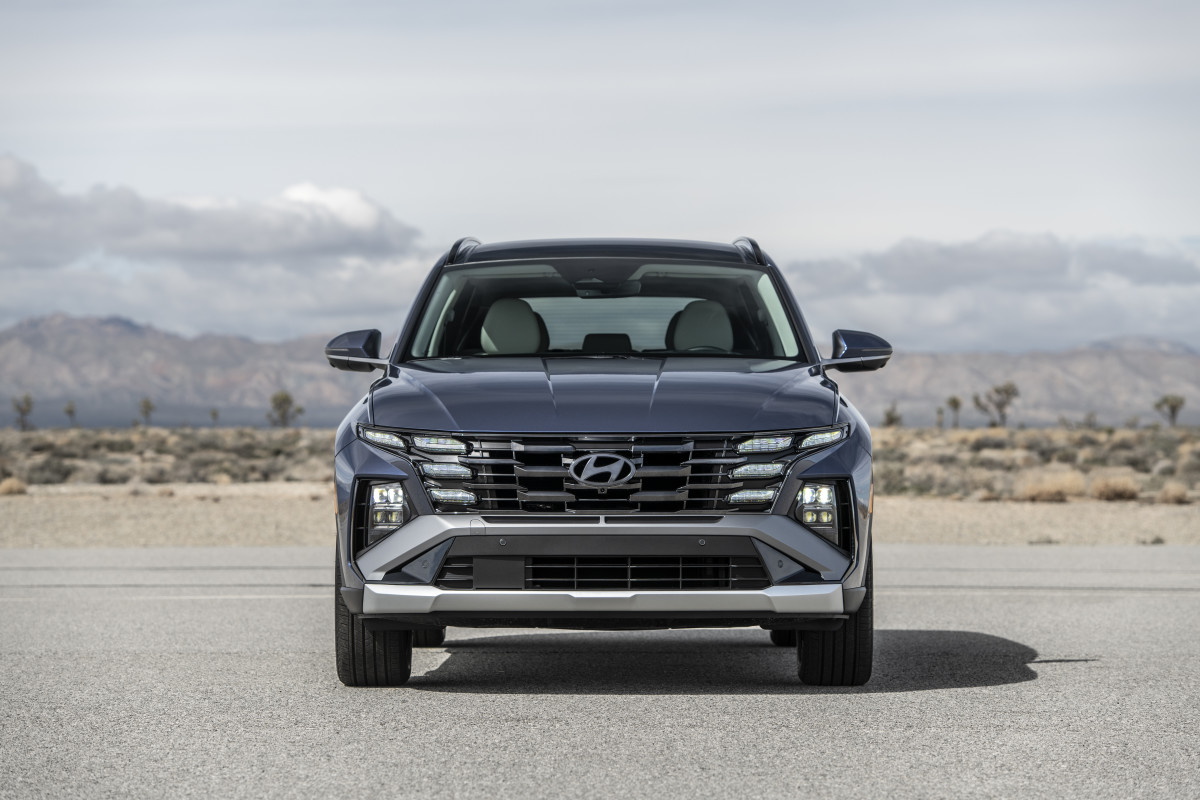Hyundai’s Game Plan

The automotive world has been buzzing with the latest move from Hyundai. Faced with the hefty U.S. tariffs on imported cars introduced by the Trump administration, Hyundai has sprung into action. A “task force” is now in play, paving the way for strategic shifts aimed at countering the financial bite from these tariffs. The goal? To amplify the use of locally made parts in the vehicles Hyundai rolls out for the American market.
Now, to put things in perspective, these tariffs aren’t your run-of-the-mill speed bumps. A 25% kick on imported vehicles isn’t a small ask, especially when it covers the nitty-gritty parts like engines and transmissions. The pressure is real, and Hyundai’s not alone in feeling it. Yet, with a little foresight, they’ve declared their intent to stick to the suggested retail prices through early June, offering a bit of price stability to wary customers. That’s not just business; that’s bridging trust with consumers who are navigating uncertain waters.
Tucson Takes the Lead

Among the popular names under Hyundai’s banner, the Tucson stands out, taking a strategic leap right onto home soil. Moving the production from Mexico to the United States isn’t just logistics; it’s a chess move aimed at maneuvering through tariff challenges. This compact SUV shares the battleground with segment heavyweights like the Toyota RAV4 and Honda CR-V. It’s a crowded field, but considering Hyundai managed to ramp up Tucson sales by about 28% in March 2025 compared to last year, it’s clear this model is doing more than just holding its ground.
In sheer numbers, 23,631 units of the Tucson flew off the lots in March 2025. For context, the previous year saw 206,126 sold in total. It’s a testament to how quickly and effectively Hyundai has planted its flag here, and a strategic U.S. production base only strengthens its hold.
More Than Talk
Hyundai’s not stopping at task forces and production shifts. There’s a hefty splash of $21 billion earmarked for investments in U.S. manufacturing. Notably, a significant chunk of that will go toward a new steel mill in Louisiana. The automaker’s already got roots in Alabama, Georgia, and now it’s looking to deepen them. This emphasis on U.S. soils is not just reactive but proactive—a nod to a long game where local production is at the forefront.
Yet, it isn’t all smooth sailing. According to data, a significant percentage of Hyundai’s inventory is still imported. While strides in local production help soften the tariff’s blow, finding a broader solution will be vital to ward off any potential financial dents.
Behind the Wheel Experience
For those behind the wheel, Hyundai models, be it a Tucson or a Sonata, offer more than just a means to an end. Their lineup has a kind of reliability and comfort that’s hard to miss. The Tucson, with its revamped production strategy, delivers a driving experience often compared to premium classes, offering a smooth ride dynamics in city and highway settings alike.
In terms of driving dynamics, comparing a Tucson to something like the RAV4 or CR-V shows each has its flavor. The Tucson often gets points for a quieter cabin and a nuanced suspension that tackles rougher paths with grace. That makes everyday family drives or adventurous outings something to look forward to, rather than endure.
Hyundai’s latest maneuvers reflect a conscious blend of business acumen and consumer focus. Navigating tariffs and production challenges while keeping an eye on the U.S. market pulse is all about balance, and Hyundai seems to be steering this course with poise.
Nissan Lock Lawsuit
Retro Cars Roll In
2025 Audi Q5 Unveiled
Autonomous Era Begins
Uber VW Drive Forward